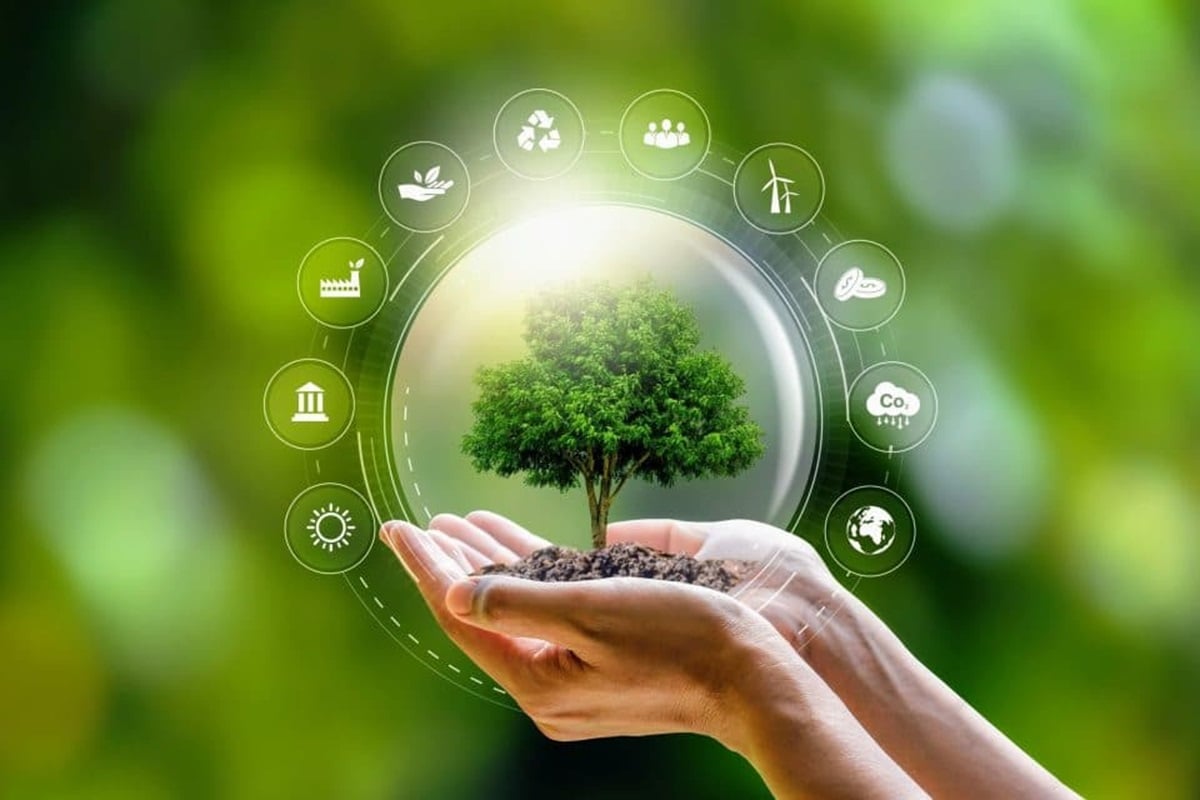Plants, in their quest for survival and growth, draw water from their roots to nourish their stems and leaves. This process generates an electric potential, a renewable energy source waiting to be harnessed. However, the generation of this bioelectricity is influenced by the plant’s circadian rhythm, a biological clock that cycles through day and night, affecting various biological processes.

The Daily Dance of Bioelectricity in Plants
During the day, plants are busy capturing light energy for photosynthesis and absorbing water and nutrients from the soil. At night, they slow down their growth processes. A recent study led by the Indian Institute of Technology (IIT) Kharagpur delved into how these biological processes produce voltage in plants and how the cyclic day and night changes impact this voltage.
Sustainable Energy: Tapping into the Power of Plants
The study’s senior author, Suman Chakraborty, a mechanical engineer at IIT, explained that the streaming potential generated by the plant offers a continuous and sustainable renewable energy source. The team sought to understand the potential of this energy source and how the plant’s biological clock influences it.
Unveiling the Rhythm of Energy Flow in Plants
To investigate, the scientists inserted electrodes into the stems of water hyacinths and attached reservoirs with electrodes to pieces of lucky bamboo. They closely examined how the electrical potential changes depending on the types of ions, ion concentration, and the pH of the fluid flowing through the plants. Their experiments revealed a cyclic rhythm of electricity production linked to the plant’s inherent daily rhythm.
Electric Streaming Potential: The Pulse of Plant Life
The study quantified the voltage response originating from the movement of ions through the plant’s pathways, aligning uniquely with the plant’s daily rhythms. The authors discovered that plants could actively moderate the flow of fluid or sap in sync with the day and night cycles. They also found that the electric streaming potential increases with decreased ion concentration or increased pH in the fluid.
Addressing the Energy Crisis: The Role of Plants
Chakraborty explained that their findings not only rediscovered the plant’s electrical rhythm but also provided insight into potentially tapping electrical power output from plants in a sustainable manner. This approach has no environmental impact and does not disrupt the ecosystem. The findings could help develop biomimetic, nature-inspired systems to address the global energy crisis with an eco-friendly, sustainable solution.
Electric Voltage in Plants: A Bioelectric Phenomenon
Electric voltage in plants refers to the bioelectric potentials that occur naturally within plant tissues. These electrical signals are part of the way plants manage internal processes and respond to their environment. The existence of voltage differences in plants is due to ion gradients across cellular membranes, much like the bioelectric processes in animal and human cells.
Stress Signals: Plants’ Response to Injury and Environmental Factors
When a plant is injured or stressed by environmental factors like cutting or burning, changes in electric potential can be detected. These changes often serve as signals that can propagate to other parts of the plant, initiating physiological responses such as the healing of wounds, changes in growth, or defensive mechanisms against pests and diseases.
Leave a Reply